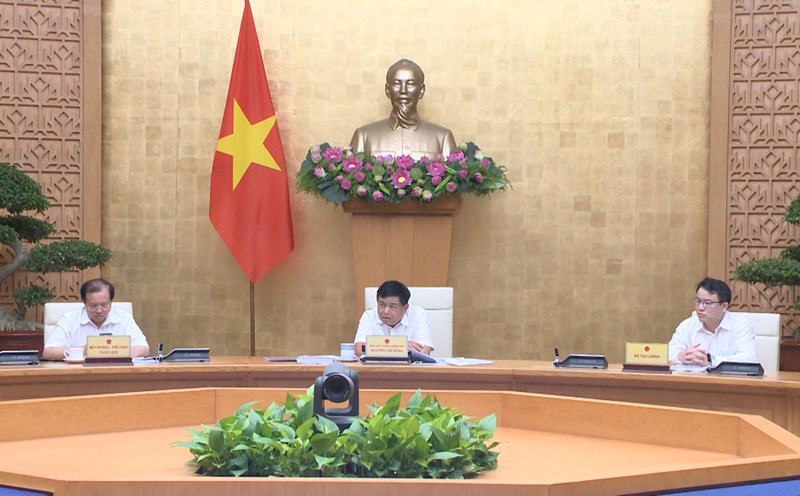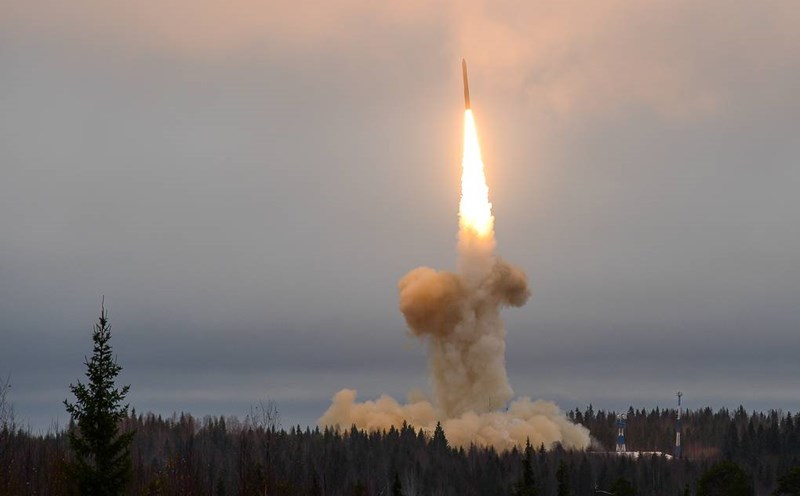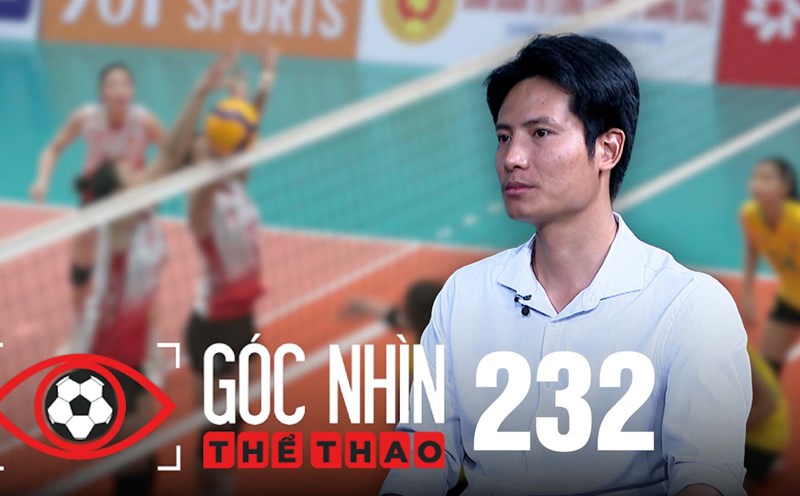Optimizing development space
Currently, in the new Ho Chi Minh City area, there are 3 effective general plans: The two projects of Binh Duong, Ba Ria - Vung Tau before and the project to adjust the general plan of Ho Chi Minh City to 2040, with a vision to 2060.
According to the plan, Ho Chi Minh City aims to become an international financial - economic center, the origin of innovation, high technology and digital transformation. The city is shaped according to a multi-center model, connected by Ring Road 3, Ring Road 4 and the axis through the Saigon River, expanding the space towards the sea.
Meanwhile, Binh Duong has identified a strategy for developing high-tech industries and smart cities, towards becoming the leading smart city in the Southeast. Ba Ria - Vung Tau focuses on logistics, marine economy, tourism and renewable energy, with Cai Mep - Thi Vai deep-water port cluster as the center.
The whole area still has 613 approved zoning plans, of which 513 projects belong to Ho Chi Minh City, 50 belong to Binh Duong and 47 belong to Ba Ria - Vung Tau before.
In the new context, the development of a unified master plan for Ho Chi Minh City is considered an urgent task.
According to the Ho Chi Minh City Department of Construction, the planning adjustment will focus on two aspects. First, connecting traffic and technical infrastructure, in addition to traditional traffic connections, also requires synchronous connection through the public transport network and inter-regional transit transport.
Second, restructure functional areas towards consolidation, connecting the industrial, training, healthcare, sports, river and seaport networks.
Chairman of the Ho Chi Minh City People's Committee Nguyen Van Duoc emphasized that planning is not a mechanical addition of 3 areas but is based on the thinking of "1 space - 3 areas - 1 special zone", optimizing and sharing the advantages of each region.
Regarding infrastructure, Mr. Nguyen Van Duoc said that Ho Chi Minh City needs to re-plan the urban railway, connecting Binh Duong, Ba Ria - Vung Tau in the past; at the same time, develop more freight railways from Bau Bang through Dong Nai to Cai Mep - Thi Vai port to reduce road loads and reduce logistics costs.
Strong investment in inter-regional connectivity systems
The merger opens up opportunities to rebuild the entire inter-regional transport system: Expressway, belt, urban railway, inland waterway... creating a seamless network, no more administrative barriers, connecting from core urban areas to production centers, logistics, seaports and international airports.
Mr. Tran Quang Lam - Deputy Director of the Ho Chi Minh City Department of Construction - said that the city will upgrade and expand National Highway 13 to 10 lanes, starting construction in 2026 and completing 2028. Accelerate the operation of Ho Chi Minh City Ring Road 3 from mid-2026. In particular, Ring Road 4, which is over 207km long, passing through Ho Chi Minh City, Dong Nai and Tay Ninh, will start construction in 2026, and will be completed in 2028, opening a new traffic corridor, reducing congestion and increasing connection speed.
Ho Chi Minh City also accelerates the expansion of the Ho Chi Minh City - Long Thanh - Dau Giay Expressway and the construction of new Ho Chi Minh City - Chon Thanh, Ho Chi Minh City - Moc Bai Expressways.
In the Ba Ria - Vung Tau area, the 4.4km Phuoc An bridge project is expected to be completed in 2027, promising to expand the connection of seaports with the Dong Nai and Ho Chi Minh City areas.
Experts warn that if we continue to rely on personal vehicles, infrastructure will quickly overload. Therefore, investing in public transport corridors is an inevitable direction, both reducing congestion, protecting the environment, and promoting balanced development between the center and satellite cities.
According to Mr. Phan Cong Bang - Head of the Ho Chi Minh City Urban Railway Management Board, the city is implementing a series of inner-city metro lines and connecting Binh Duong and Vung Tau. The city is expected to have nearly 1,000km of urban railway, not to mention the existing national railway lines.
Recently, the Ho Chi Minh City People's Committee has assigned the task of investors and preparing for investment for Metro Line 1 (Binh Duong - Suoi Tien new city) and Metro Line 2 (Thu Dau Mot - Ho Chi Minh City) with a total capital of more than 100,000 billion VND. The Urban Railway Management Board will soon prepare a feasibility study report, and at the same time, the Department of Construction will review and adjust the TOD planning for synchronous implementation.
Ho Chi Minh City is also working with investors to agree on the implementation plan for the Thu Thiem - Long Thanh railway line, the express railway line connecting Ho Chi Minh City with Cai Mep - Bau Bang - Can Tho.










